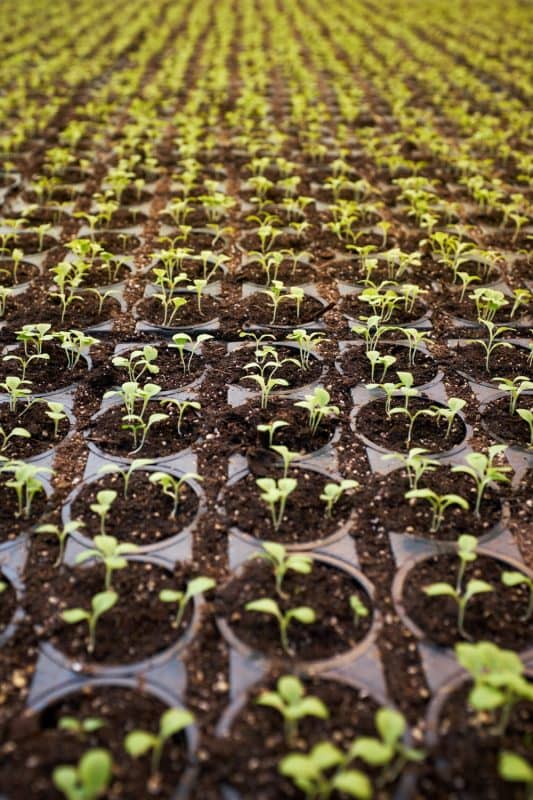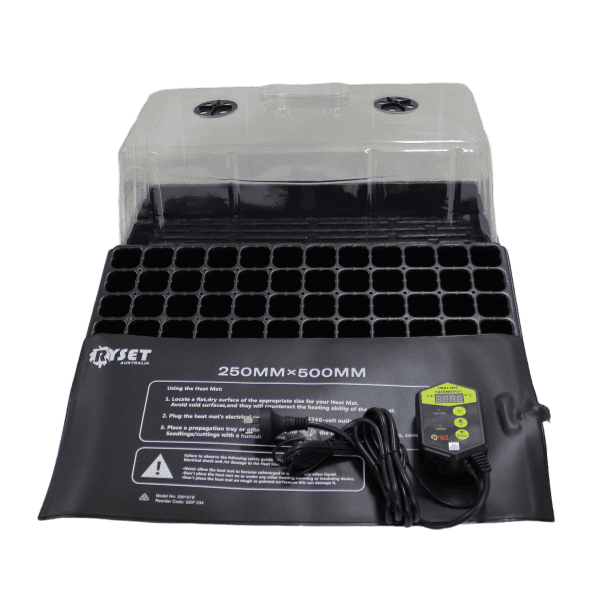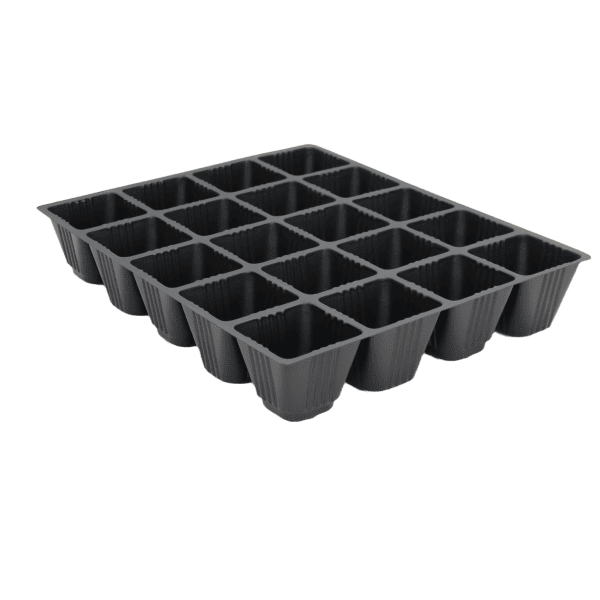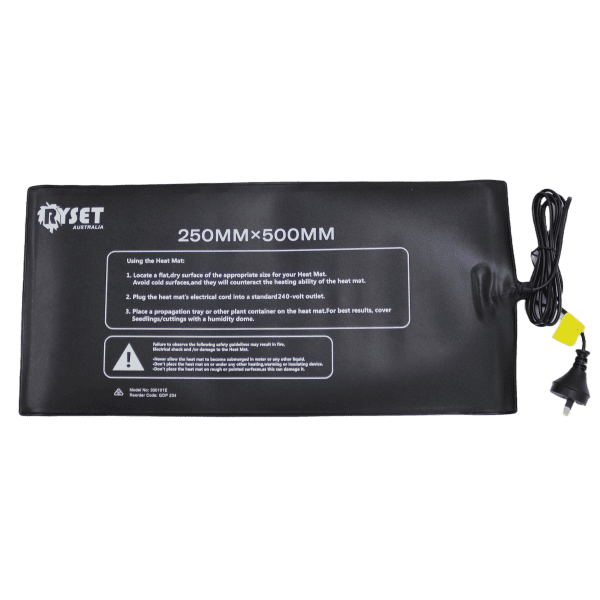As winter sets in and temperatures drop, gardening enthusiasts and even professionals in Australia face the challenge of finding ways to grow seeds during winter.
 However, with the right techniques, proper equipment and a little bit of planning, it is possible to grow seeds indoors during the colder months. In this blog post, we will explore some valuable tips to help you nurture your seeds and enjoy the pleasure of gardening throughout the winter season.
However, with the right techniques, proper equipment and a little bit of planning, it is possible to grow seeds indoors during the colder months. In this blog post, we will explore some valuable tips to help you nurture your seeds and enjoy the pleasure of gardening throughout the winter season.
Selecting the right seeds
Not everything will grow nicely everywhere so it is important to select the right seeds based on your local climate. It is not just about growing the seed but making sure the plant flourishes in the long run and gives you the produce you need.
When choosing seeds for indoor winter gardening, opt for plants that are suitable for indoor growth and can thrive in lower light conditions.
Herbs such as basil, chives, and parsley are excellent choices, as are leafy greens like lettuce and spinach. Additionally, consider flowers such as pansies or calendula, which can add colour and vibrancy to your indoor garden.
Prepare the growing environment
You can consider using a heated propagation tray with a thermostat which can allow the perfect temperature during the entire germination process which is vital for the seed to grow during winter. Check out different heat mats available at Sage Horticultural.
 To create a conducive environment for seed germination and growth, ensure that your indoor space receives adequate light. Position your plants near a window that receives the most sunlight during the day. If natural light is limited, consider investing in artificial lighting options, such as fluorescent or LED grow lights, to supplement the available light.
To create a conducive environment for seed germination and growth, ensure that your indoor space receives adequate light. Position your plants near a window that receives the most sunlight during the day. If natural light is limited, consider investing in artificial lighting options, such as fluorescent or LED grow lights, to supplement the available light.
Choose the right containers
Selecting the appropriate containers is crucial for successful seed germination. Opt for containers that have good drainage to prevent waterlogging, which can lead to root rot. Small pots or seed trays are ideal for starting seeds indoors. Ensure that the containers are clean and sterilised to minimise the risk of disease or pest infestation.
 You can use multi-cell seed trays which are designed to house individual seeds or seedlings for the purpose of propagation.
You can use multi-cell seed trays which are designed to house individual seeds or seedlings for the purpose of propagation.
Provide proper watering and moisture
During winter, indoor environments tend to be drier. To maintain the optimal moisture levels for your seeds, it is important to monitor the soil regularly. Water your seeds carefully, aiming for consistent moisture without overwatering. Consider using a spray bottle to mist the soil surface gently, preventing disturbance to the seeds and young seedlings.
Avoid overwatering
While watering is key for seed growth even in winter, as it takes a lot longer to dry, you should aim to water your seeds in an appropriate manner so that they don’t rot.
Create adequate air circulation
Proper air circulation is essential to prevent the growth of mould or mildew. Keep a gentle fan nearby to provide a light breeze, which can help strengthen young seedlings and deter fungal growth. Avoid placing plants too close together, as overcrowding can hinder air circulation and increase the risk of disease.
Maintain optimal temperatures
Most seeds require warmth to germinate, so it is important to provide the appropriate temperature range for successful growth. Aim to maintain a consistent temperature between 18-24°Cin the growing area. Consider using a heating mat to provide bottom heat, especially if your indoor space tends to be cooler.
 Timing is key
Timing is key
Take note of the recommended germination and growth times for the specific seeds you are planting. Plan your indoor gardening accordingly, starting the seeds early enough so that they can mature and be ready for transplantation once the weather warms up in spring. Consider keeping a gardening journal to track the progress and growth of your plants.
Make the seed ready before planting
Not all seeds can be straight placed into the soil, some require early germination in water or other mediums and once they are ready to be planted then plant them. The best way to get it right is by reading the label on the seed packet.
Plant to appropriate depth
This is where gardening knowledge comes into play. Some seeds need to be placed on top of the growing medium while others may need to be planted a bit deeper. Read your packet carefully and plant them to an appropriate depth. A planting ruler helps with precision.